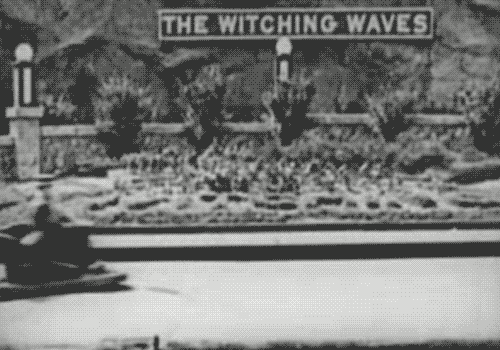In which we can discuss and reminisce about such wonderful and fascinating subjects as:
A few of my past posts have hinted at an interest in fairgrounds and their people and machines. IRL it's more than skin deep and goes back as far as I can remember.
Before we start: Not all the pleasures that can be had at the fairground are compatible with one another. I wrote the following in a post 8 years ago and it is still important:
.... standing between two of these on the back of an old Scammell ballast tractor, hot and oily after running all day, lighting set throbbing to the beat of 50's R'n'R ....don't do this when at the fairground with your other half. I did, and it was difficult to convince her to share a waltzer car with with someone covered in soot who smells of diesel....
** I have since learned that most girls don't go to the fair to fix injection pumps with their mates **
Hold on tight, keep your arms inside the cars....
- The origin of the Ward-Leonard speed control system
- Speedways, octopuses & big wheels
- Old British trucks
- Summer evenings, girls & candy floss
- Orange 2-pin plugs
- Tungsten light bulbs
- Mather & Platt dynamos
A few of my past posts have hinted at an interest in fairgrounds and their people and machines. IRL it's more than skin deep and goes back as far as I can remember.
Before we start: Not all the pleasures that can be had at the fairground are compatible with one another. I wrote the following in a post 8 years ago and it is still important:
.... standing between two of these on the back of an old Scammell ballast tractor, hot and oily after running all day, lighting set throbbing to the beat of 50's R'n'R ....don't do this when at the fairground with your other half. I did, and it was difficult to convince her to share a waltzer car with with someone covered in soot who smells of diesel....
** I have since learned that most girls don't go to the fair to fix injection pumps with their mates **
Hold on tight, keep your arms inside the cars....


























